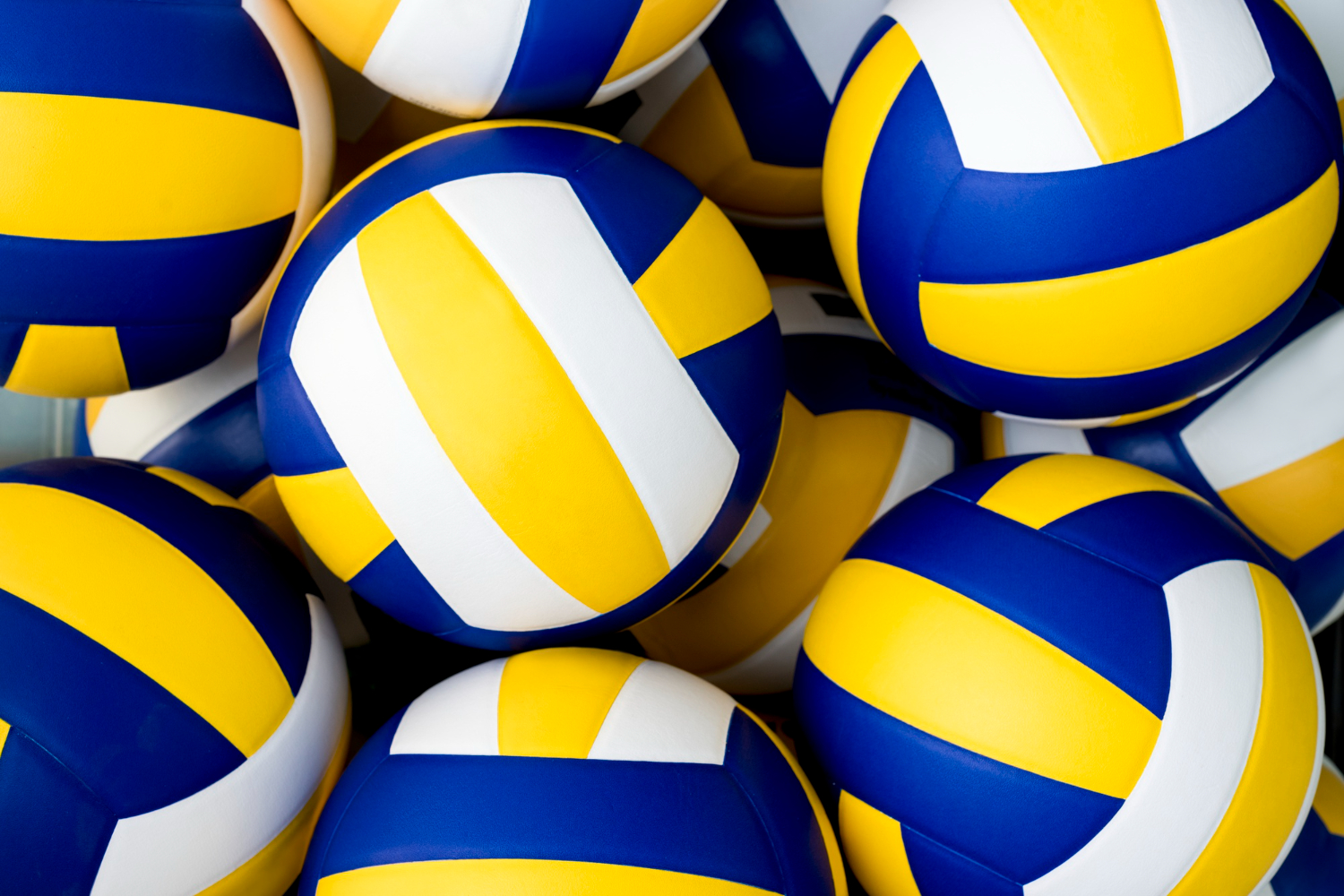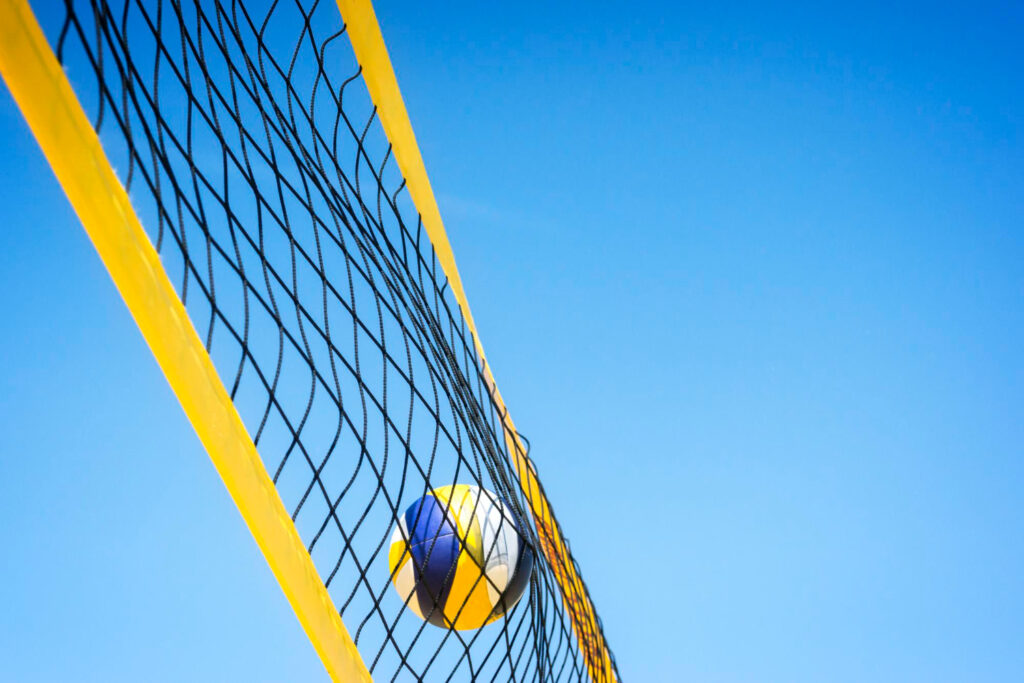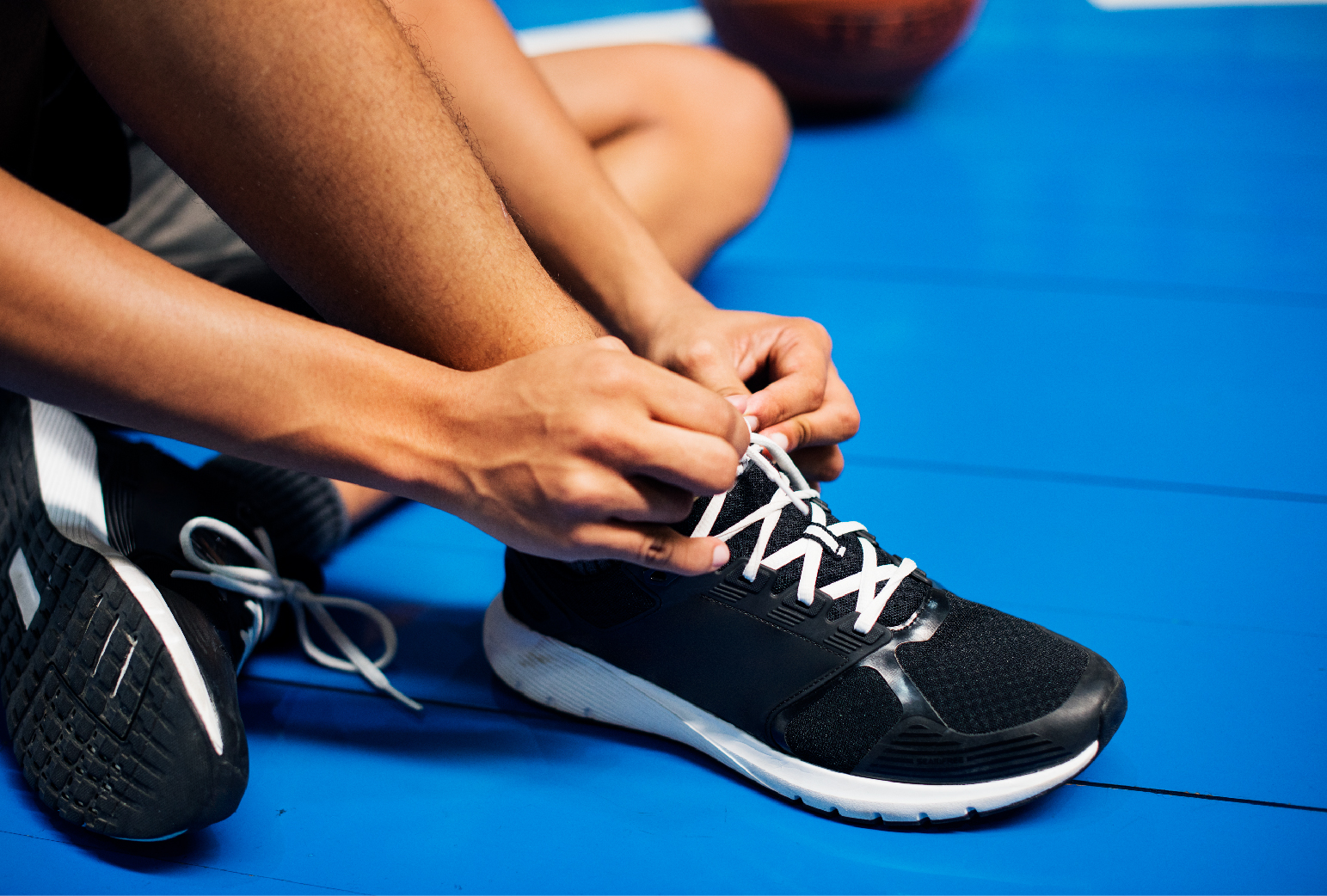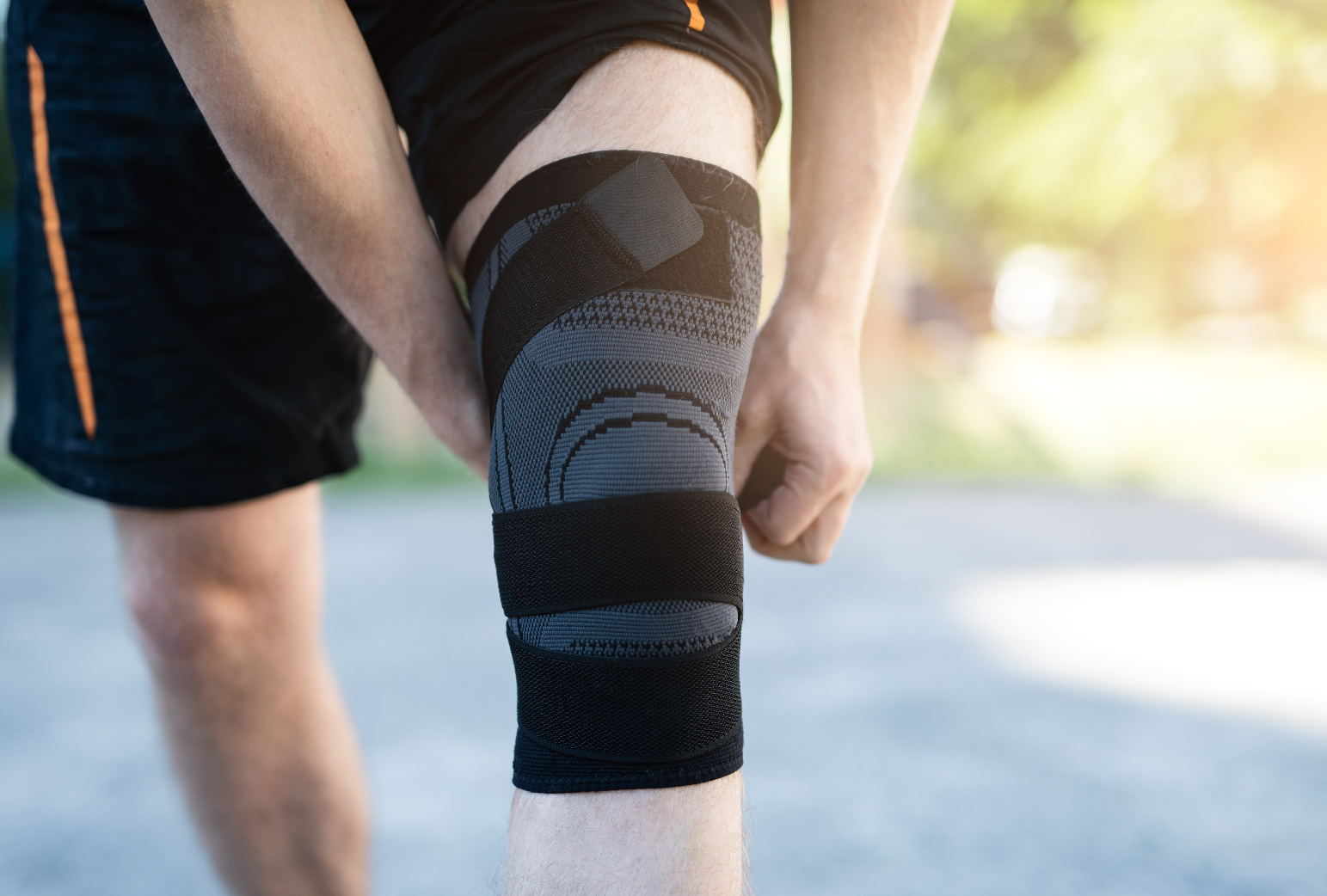

Players can perfect their ball control, passing, setting, and spike abilities, among others, with the use of a volleyball rebounder. Giving the ball back to the player after each hit enables them to practice on their own.
Volleyball players can polish their abilities and refine their methods with the help of rebounders. With the use of rebounders, the players may practice alone without requiring assistance from others. If a volleyball player also uses rebounders and spike coaches, their performance will increase. If, for any reason, the instructor cannot give sufficient time to a newcomer. Well! A rebounder may be a great help as they work to master different methods.
If you’re new to using a volleyball rebounder, these are the basic steps:
You can count on volleyball rebounders being plug-and-play or ready to use when you open them.
Most rebounders include a net or similar material and a frame to support it to return the ball to the player.
Choosing a spot for the rebounder is the next stage. If you have grass, all that will turn out Great. Otherwise, it doesn’t matter where you are as long as you have room to move and nothing easy is in the area.
Maintain some distance from the rebounder when standing. Here, there is no general norm.
Your preferred position is important, but the kind of drill you’re performing and the rebounder’s angle play significant roles.
With the rebounder pointed upward, you must stand four feet tall, and anytime you tilt it one frame lower towards the floor, you lean back about half a foot. If you’re looking for a taste of the furious volleyball games, you may always go closer to the rebounder to enhance your difficulty level.
The fascinating aspect is the skill one desires to improve by utilizing the rebounder.
Always keep in mind that a rebounder can assist you with every volleyball talent, including setting, passing, and hitting. The decision to install and use it rests totally with you. Detailed below are the requirements for each talent.
Deliver the ball upward and have it bounce into the rebounder. However, an issue is at hand that will determine the outcome of your experience with the rebounder.
It is crucial, therefore, to aim for the correct point in consideration of the rebounder’s excellence.
You will need to alter your footing and position to catch the ball as it returns after you have struck it.
Players strive to develop setting skills as a crucial volleyball aspect by utilizing the rebounder.
To accomplish this, place the thrown object into the rebounder. Develop your hand’s grip and placement. A return of the ball in the form of an arc should enable you to place it once more.
However, after setting the ball, it is critical that you pursue it and forcefully crush it onto the rebounder to bring it back to you so that you can line it up again.
Serving is a requirement for all players due to the game’s shifting policies. Therefore, this is the worst tool a volleyball player could have. One must maintain quite a ways from the rebounder to hone this ability. Transfer the ball to the rebounder while adjusting where you are in preparation for the return. After receiving the ball, passing it, setting it, and smashing it, proceed to the next round.
Approach and strike the ball into the rebounder after tossing it upward. Modify your position to manage the returned ball, whether passing or setting.
Altering the course of the returned ball is possible by adjusting the angle of the rebounder. This may prove beneficial in simulating various game situations and tasks. Variable tension on certain rebounders permits the adjustment of the return’s force. It is advisable to utilize this option whenever possible, particularly when improving your service and skills.
In cases where they will not have easy access to storage, volleyball players on the market for a rebounder should concentrate on finding one that is waterproof. A rebounder’s waterproof status is irrelevant in all other respects. Whether you want to keep your rebounder inside or out, it’s important to look at net quality and frame durability before making a purchase. Rebounders that are solid and resistant to the elements will last for a longer time.
Volleyball players may enhance their quickness by practicing with rebounders. These aid in the smooth working of the fingertips, wrist, hand, and forearm. Players’ forearm power and balance are both improved by extensive practice. Force variety is an essential part of volleyball, and rebounders may help players learn to hit the ball with different strengths.
The players may also practice different hitting techniques to influence the ball’s direction. Hitting a volleyball is not the goal. Finding the sweet spot to smash the ball and win counts. A rebounder’s greatest benefit is its flexibility; you may use it inside or outdoors, and it won’t take up a lot of space.
Learn more about A Proven Guide For Opposite Hitters in Volleyball
Rebounders are an excellent tool for volleyball players who want to wow their teammates and coach with a dramatic performance boost. Additionally, rebounders are a great option for those who want to practice more but have trouble finding others eager to do it with them. You may save time and make a huge difference to your skill level and playing style using rebounders. Rebounders are great for players of all skill levels, from beginners to pros, and they’re fun for kids and seniors alike.

Hi, I'm David Muse, the founder of Volleyball Spikes. My days are spent with workouts and article writing, mostly for Volleyball Spikes. With 15 years of expertise and a history of competing on an international scale... It's fair to say that my knowledge of volleyball is pretty good.
MEGA4D is your go-to destination for comprehensive knowledge about volleyball game-play. Get a complete buying guide to the best and latest volleyball equipment, learn about volleyball positions, rules and training to train yourself with expert experience!



Subscribe to our newsletter and we’ll send you the emails of latest posts.
Copyright © Volley Ball Spikes 2023. All Rights Reserved Design By Digital Korbax LLC